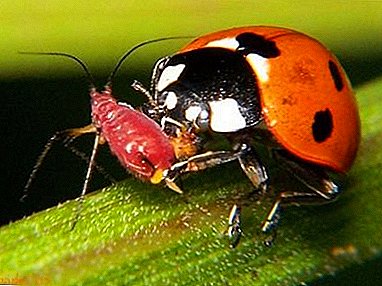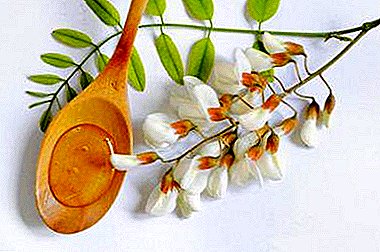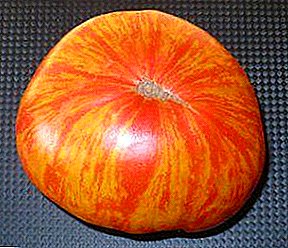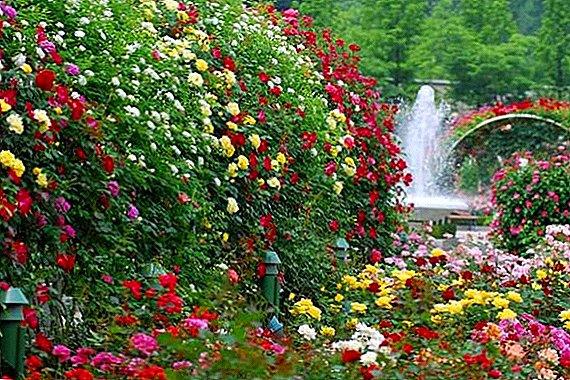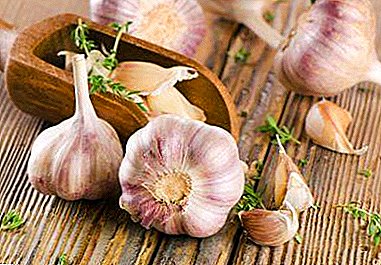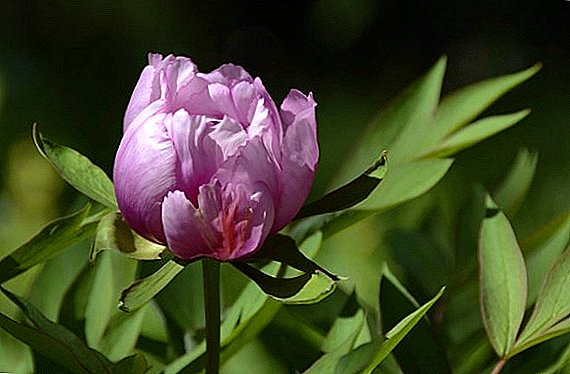 Peonies are the permanent inhabitants of many gardens and flowerbeds. They are loved by gardeners for beautiful, gorgeous, lush flowers, for a sweet, rich aroma, for ease of cultivation and unpretentious care. Peonies delight us with a wide choice of species and varieties, differing in color, shape, size of their flowers and leaves. This variety can please everyone who wants to have this flower in his garden. Peony bushes can grow over the years in the same place, but there comes a time when this flower needs to be transplanted.
Peonies are the permanent inhabitants of many gardens and flowerbeds. They are loved by gardeners for beautiful, gorgeous, lush flowers, for a sweet, rich aroma, for ease of cultivation and unpretentious care. Peonies delight us with a wide choice of species and varieties, differing in color, shape, size of their flowers and leaves. This variety can please everyone who wants to have this flower in his garden. Peony bushes can grow over the years in the same place, but there comes a time when this flower needs to be transplanted.
We will talk about peony transplantation and when it is better to do this in our article, because this flower, despite its unpretentiousness, is very sensitive to transplanting and it is necessary to carry out this operation observing some conditions. It is especially important to choose the right time of year when it is better for your bushes to "move to a new place of residence."
Causes of transplantation
The reason for changing the plot for your pions can be excessive bushiness. When the plant grows over the years, it begins to interfere with the neighboring inhabitants of the flowerbed, it must be seated, rejuvenated, or completely transplanted to a new, more free space.
A weighty reason for transplanting can be a long growing season of a plant at the same place.
Redevelopment on the site can also cause the movement of peony bushes. For example, if at the same place of their growth it is planned to grow potatoes or build a gazebo, or dig a well. The reasons may be mass, most importantly, remember that the "relocation" - not the favorite event of peonies. 
Important! These flowers are very sensitive to transplantation, after the procedure they will take some time to get stronger and bloom again.
The necessary conditions
In order for the root system of your bushes to get stronger quickly and develop properly after transplantation, it needs to create the right conditions. When peonies are transplanted, an open area is chosen, well lit by the sun and not shaded by neighboring buildings, a fence or other plants - this flower does not like to compete with a number of growing plants that have a well-developed root system. Plants need a place and freedom.
The roots of these flowers love moisture, but for a long time in the damp earth can lead to rotting. Therefore, you should not plant your green pets in the lowlands and where there is a high level of groundwater. It is best if the land under the peonies will have good drainage.
Did you know? For a long time peonies were considered medicinal plants that can "heal from 20 diseases", so they necessarily grew in every garden of all Greek monasteries. Until the XIX century, they were used by people as a medicine, and some varieties served as seasoning for many culinary dishes.

When and how to transplant peonies?
We will understand when you can transplant peonies to another place and how to do it correctly.
If you want to create a flower bed of continuous flowering with peonies, then plant early-flowering net irises, galantuses, crocuses, tulips and daffodils later bloom;
In the spring
In the spring, peonies are transplanted from place to place as a whole bush. The division and reproduction in this period are not engaged. After winter, with the onset of heat, the root system of the bushes is overgrown with additional suction roots. They will help the plant take root in the new place after the "move". To carry out the transplantation of pions in the spring to another place stands, adhering to tight deadlines: from the moment all the snow melted and the air warmed to at least 7 ° C, and until the plant's vegetative period begins.
For this you need to prepare a hole in advance for a bush. The earth in it should be loose and nutritious. Fertilize the soil can be rotted manure, compost and any mineral fertilizers (in any case, not fresh organic). You can mix the earth with a small amount of sand.
When digging up a bush from its old place, make sure that the roots are as safe as possible and are in one whole pile of earth. It should not beat, scrape, flush. Preserving the integrity of the root-land union, place the bush in the prepared hole. 
Important! Remember that all fertilizers applied to the soil should not have direct contact with the fragile pion root system so as not to burn it. Before lowering the plant in the prepared soil, fertilizer should be sprinkled with a small layer of earth.Bury and lock the shrub in the ground by carefully tamping. Then pour it well.
Summer
August is chosen for peony transplantation in summer. At this time, the weather is not so hot, there are no heavy autumn showers that will interfere with the process.
The pit for bushes is prepared long before it is used - in about 6 months. To do this, dig a round hole, about 0.5 m in diameter, up to 80 cm deep. Put some sand, fresh manure or compost on the bottom, mix this mixture with the ground, pour water on it and wait for August to make a transplant.
At the right time, carefully dig a flower out of the ground with a fork, if necessary, it can be carefully divided or thinned. The root of a flower must have at least six buds. Before planting, it must be washed and disinfected.  If you plan to divide the root, all tools must be disinfected and smeared with brilliant green or potassium permanganate so as not to infect the rhizome with fungus. After you have processed the root, mark the bush in the prepared pit. Dig five centimeters, tamp and pour water over the hole.
If you plan to divide the root, all tools must be disinfected and smeared with brilliant green or potassium permanganate so as not to infect the rhizome with fungus. After you have processed the root, mark the bush in the prepared pit. Dig five centimeters, tamp and pour water over the hole.
Did you know? Peonies in the wedding bouquet of the bride personify the loyalty of the spouses to each other, the prosperity of the young family, good health and happy family life of the newlyweds.
In the autumn
The process of transplanting peonies in the fall slightly different from transplant at another time of year. However, this is the most common way, because before the winter the plant and its root system are at rest, they will most easily endure the stress of replanting and over the winter will be able to get strong enough in a new place to please their flowering in the spring.
As always, the movement of the bush begins with the preparation of a new place, namely, digging a hole. It is better to do this in the fall a couple of weeks before the planned "relocation". Pits under one bush should be 40-50 cm wide and 15-20 cm deep. Give plenty of water to the well. If the ground is very dense - mix it with a small amount of sand. Fertilizing soil before planting is humus, compost or superphosphate. Do not forget about drainage. If you put small pebbles on the bottom of the pit, the plant will benefit from it.
Give plenty of water to the well. If the ground is very dense - mix it with a small amount of sand. Fertilizing soil before planting is humus, compost or superphosphate. Do not forget about drainage. If you put small pebbles on the bottom of the pit, the plant will benefit from it.
Before digging up a bush from an old place, its shoots should be shortened to a length of 10-13 cm. You need to carefully dig up the roots, moving about 20 cm from the stem. Just loosen the ground deep enough until the bush comes out of it easily.
When the roots are free, they will need to be washed and rid of rotten shoots (if they show up). This must be done, again, sharply sharpened, treated with alcohol or brilliant green, with garden shears. After that, the rhizome can be briefly lowered into a weak solution of potassium permanganate.
When burying the roots in the ground, make sure that the kidneys do not sink into the ground deeper than 5-7 cm. This is important, because otherwise they may rot.
Did you know? There are varieties of peonies, one bush which at the time of flowering can produce from 50 to 100 huge flowers up to 25 cm in diameter. This is a kind of record among other representatives of flowers.
Aftercare
The first couple of weeks after transplantation, the plant should not be watered too often, so as not to provoke rotting of the trimmed roots. After a time, watering should be regular, depending on the condition of the soil. Do not forget to carefully loosen the ground after irrigation, it will not allow the crust to form on the soil surface and provide the necessary air access to the roots.
When the plant is strong, it will be possible to spud. In the spring around the hole you can make a recess so that moisture is collected in it. The first 5 years after transplantation experienced gardeners do not recommend feeding peonies. After the allotted time, in the spring, as sprouts appear, you can do it with a solution of a mullein with water, in a ratio of 1:20, based on a half-bucket per bush. After the appearance of buds, fertilizing can be repeated. And do not forget about the weeds - they need to weed regularly around the bushes of peonies.
Now you know that with urgent need peonies can be transplanted at any time of the year, the main thing is to follow simple rules and recommendations. Then your plants will quickly take root in the new place and will for many years please you with health and abundant flowering.


